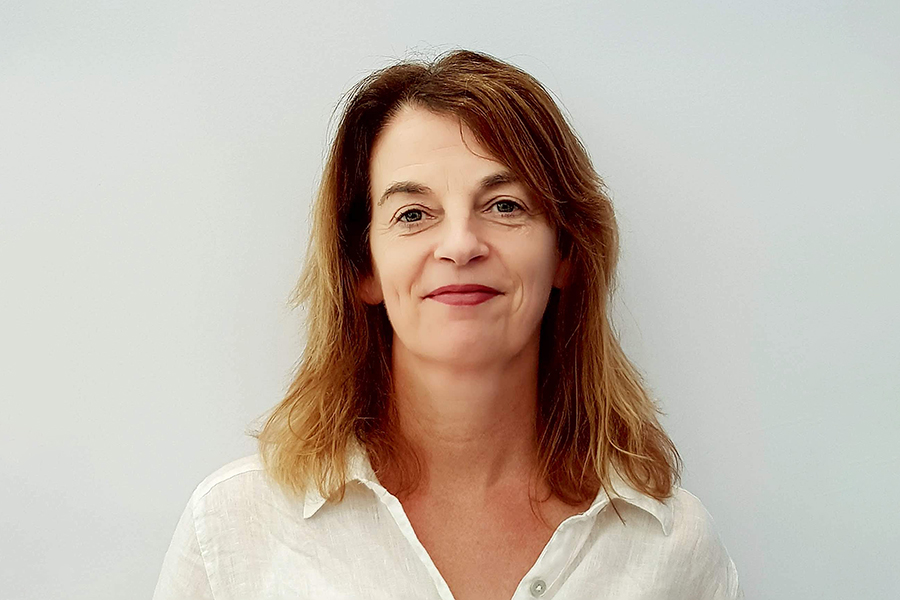Anne Conlon, SITA’s Senior Development Manager, will join the 2022 cohort of the Women in Leadership Development program that supports the development of future female leaders to grow Australia’s STEM (Science, Technology, Engineering and Maths) economy. The program aims to empower and equip the STEM sector to overcome gender disparity in leadership by 2040. We caught up with Anne to learn more about her own entry to tech and what advice she would give to individuals who would like to start a career as a software developer.
When did you first become interested in tech? Was there a moment when you knew you would be a software engineer?
I grew up as one of seven children. Four brothers and two sisters. My parents taught us that we could do anything that we set our mind to, that there were no barriers to success. I don’t think I took a direct path to be a software engineer. I was strong at math in high school and certainly enjoyed the subjects that group together STEM — science, technology, engineering and math. When it came to selecting a route for university, software development felt like a logical path. It’s funny to look back at my early days of studies. In one of my first courses, my class had 13 females and seven males. The gender balance goes against everything I’ve seen since then! When I moved into my degree studies, that balance was more what we’ve come to expect of technical subjects—95% male.
Despite that balance, I never witnessed any entry barriers for technical women who aspire to be software engineers. I’m a developer at heart and my passion for developing still glows today.
Can you tell us a bit about your career path?
I’ve navigated my career close to the areas that interest me. I love anything to do with data, especially data analysis and visualization. I’ve worked in the software industry since I was 19, moving from developer roles to management. While I still love developing today, my role at SITA is a managerial one, leading a team of engineers. I have remained technical throughout my career but realized that I could make more of a difference as a leader, bringing a wealth of experience gained from delivering successful solutions in border management, banking, publishing, and telecommunications.
STEM has many highly skilled technical individuals who will often choose not to be a primary communicator in a group. It’s not that we’re not good at teamwork, quite the opposite. But when it comes to getting the work done, developing in a bubble is often the preferred way. I realized that we work better when we communicate clearly at all stages of the build and delivery process and that I had the ability to communicate in a language appropriate to be understood by all, including our non-technical stakeholders.
What does your current role entail?
I manage the border management software engineering teams in Sydney and offshore, delivering to government clients across APAC and the Middle East. I love to build communities. I take individual contributors, encourage their strengths, and coach them to improve their skills. My team works on diverse projects such as SITA’s Advanced Passenger Processing technology. I also built the new mobile development team, which is already collecting industry accolades. The Australian Electronic Travel Authority app won a Gold Award at the DrivenXDesign Sydney Design Awards 2021.
The development team is the central part of a delivery operation that has won the SITA Council Awards for developing technology that helped governments manage the complex task of implementing agile border responses and travel corridors during COVID-19.
Here in Sydney, we have a team of committed individuals who continually pull above their weight. We have a development team, small test team, business, and operations collocated. It’s rare to have everyone under the same roof – but the results show.
You developed SITA’s graduate program in Sydney. How important is it to discover new talent?
It’s very important. SITA offers fantastic exposure to young professionals new into the field. Now in its third year, the graduate program opens the possibilities to the next generation of software developers. Building a team is difficult, and I enjoy nurturing individuals from the start of their careers. When working in research and development, as I have done before, you don’t always have the chance to see your software out in the market. Our team builds mobile projects that are delivered directly to our customers. The engineers have the opportunity to say, “I helped produce that.” That’s a powerful draw for any graduate.
What advice would you give to individuals who would like to start a career in STEM?
When I started out as a computer science student, what wasn’t well known then and is still not highlighted sufficiently, is that software development is a creative discipline — it is a creative process. STEM is incorrectly categorized as a boring job – ones and zeros. It’s important to understand that a STEM career is a creative and gratifying path. You get to be creative as an individual and then participate as part of a team. Both of those are extremely rewarding. It isn’t expressed well. We can do more to address these misconceptions so that we are inspiring future generations to follow a pathway into a STEM career.
Come define the future of travel. Find out more about the career opportunities at SITA.




 Share
Share




